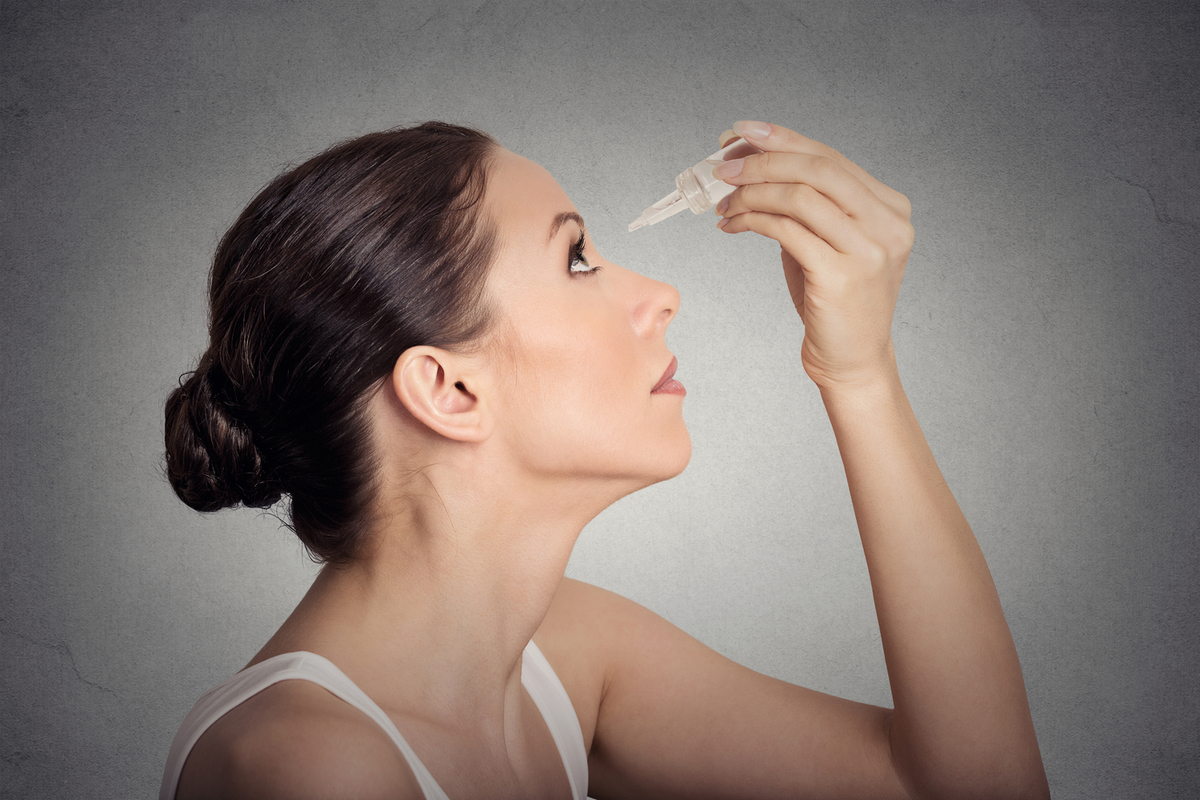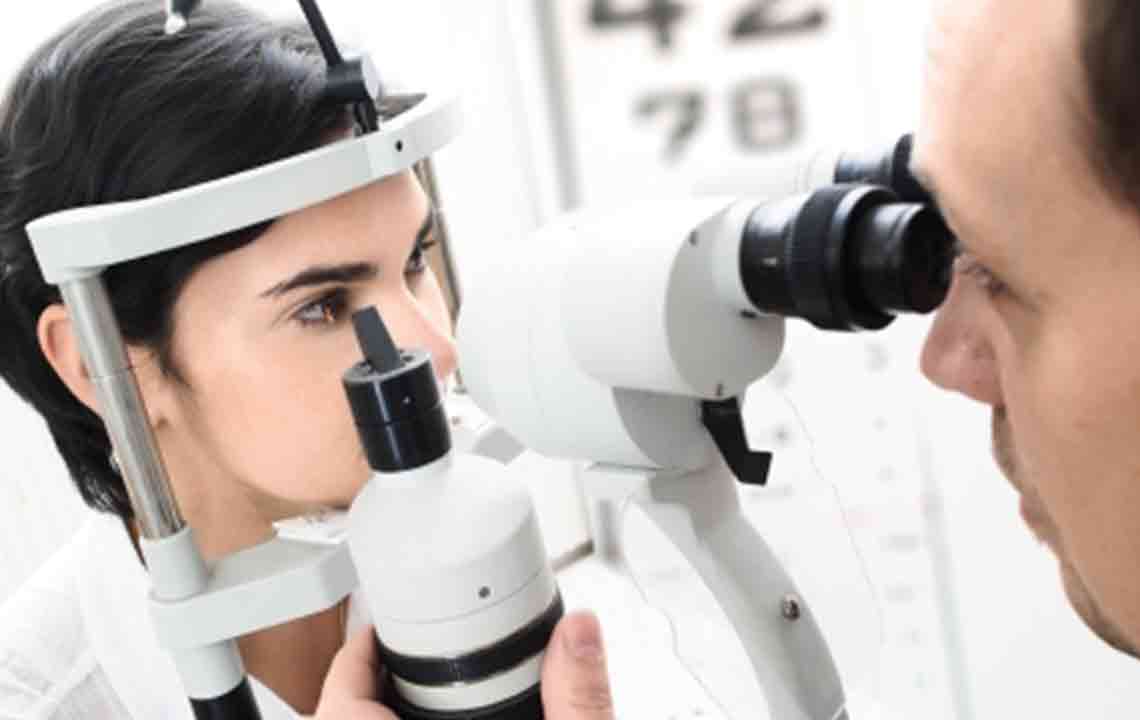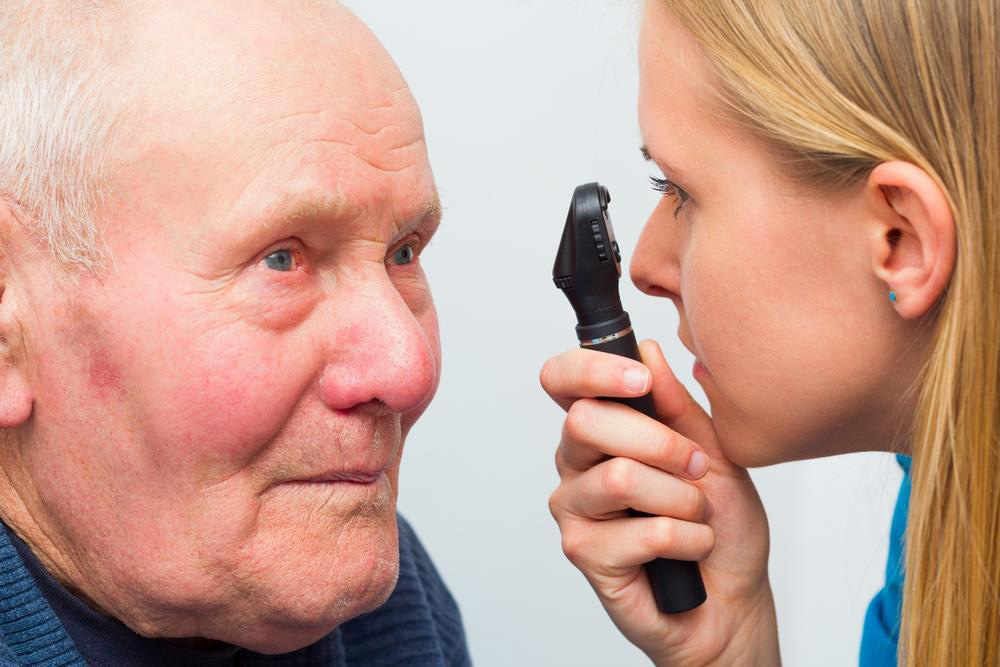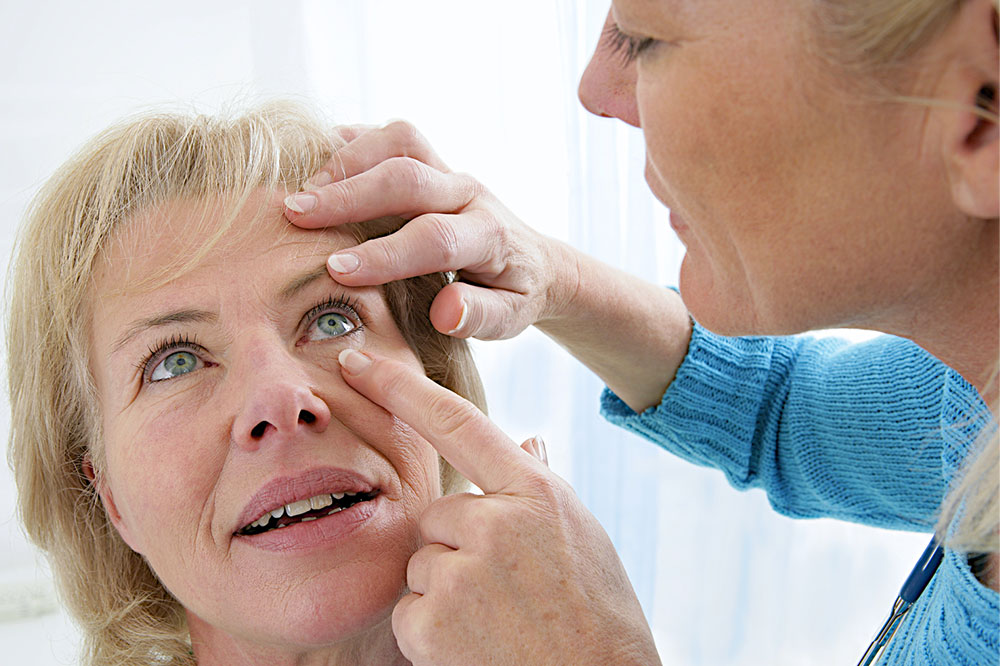Understanding Dry Eye Disease: Causes, Symptoms, and Prevention
Dry Eye Disease affects tear production, leading to discomfort and vision issues. This article explores causes, symptoms, and preventive measures, especially in relation to LASIK surgery. Early detection and proper care can improve eye health and avoid post-surgery complications. Learn about risk factors, screening tests, and lifestyle tips to maintain optimal eye moisture and comfort.
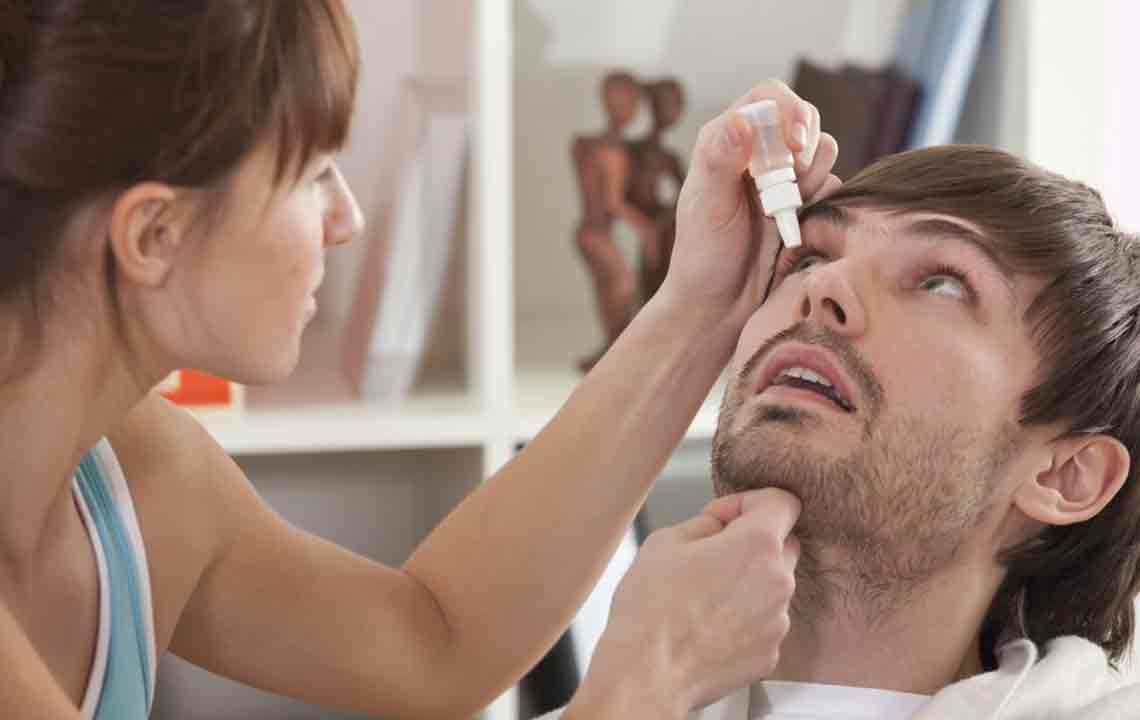
What is Dry Eye Disease?
Dry Eye Disease disrupts the eye's tear production system, affecting overall eye comfort and vision. Tears deliver necessary nutrients to the cornea's surface and help remove damaged cells, ensuring clear vision. A healthy eye relies on a continuous, thin tear film covering the cornea to stay moist and functional.
People of all ages can experience dry eye symptoms, which may range from mild irritation to severe discomfort. It occurs when the tear glands produce insufficient tears or tears evaporate too quickly, leaving the eyes dry and irritated.
Symptoms of Dry Eye
Signs include eye discomfort, redness, fatigue, swelling, excessive tearing, itchiness, and eyelid twitching. Symptoms can appear suddenly or develop gradually, lasting for hours or days.
Causes of Dry Eye Disease
Common causes include blocked tear ducts, certain medications, environmental factors like dust, wind, or fumes, and contact lens use. Medical conditions such as Sjogren’s syndrome, rheumatoid arthritis, and blepharitis also contribute to dry eyes.
Dry Eye and LASIK Surgery
Refractive surgeries like LASIK can temporarily decrease tear production because nerve damage reduces eye sensitivity, diminishing the urge to produce tears. Over 50% of LASIK patients may experience dry eyes post-procedure, often related to pre-existing conditions or contact lens use.
Preoperative Dry Eye Screening for LASIK
Eye specialists screen for dry eye before LASIK to improve outcomes. Tests like the Schirmer test, tear breakup time, imaging, and MMP-9 testing help detect dry eye issues. Addressing dry eye before surgery ensures better healing and comfort.
Risk Factors for Post-LASIK Dry Eyes
Older age, especially in postmenopausal women, autoimmune diseases, certain medications, and dry environments increase the risk. Menopause, allergy meds, blood pressure, antidepressants, and exposure to heated or air-conditioned spaces also contribute.
How to Minimize Dry Eye Risk Post-LASIK
Discuss symptoms openly with your doctor for accurate diagnosis. Incorporate omega-3 supplements, eat foods rich in healthy fats like salmon, and stay well-hydrated. Vitamins A and C, along with reducing caffeine intake, can support eye moisture and comfort.

